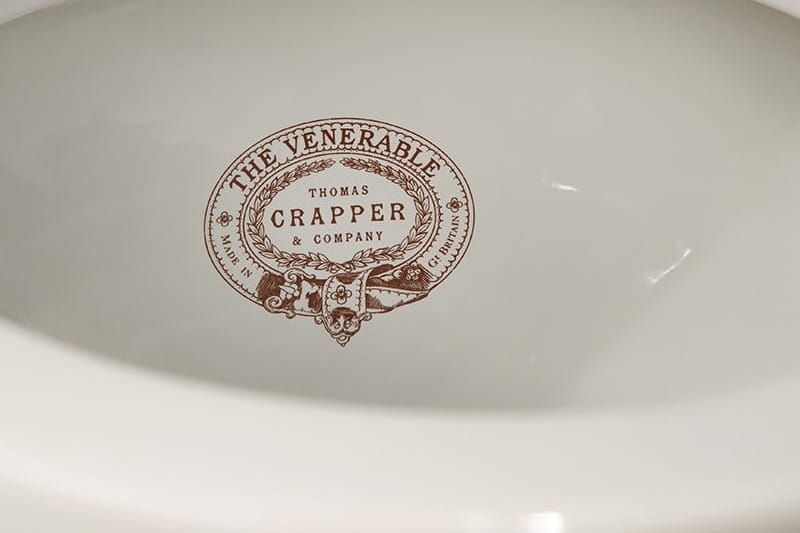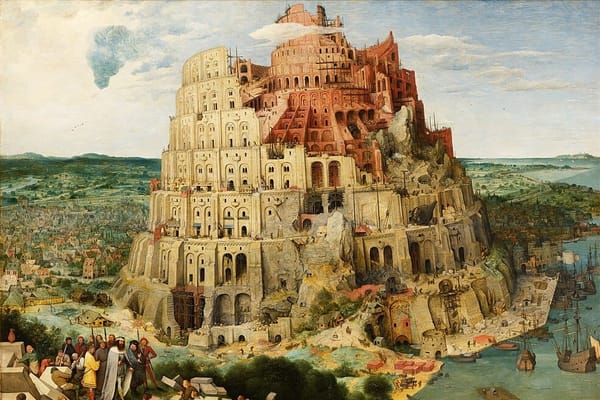Crapper
"The flush toilet, more than any other invention, liberated women and saved lives."

Key words
- Sanitation: the systems for taking dirty water and waste away from buildings to protect people’s health
Good sanitation is essential to prevent the spread of disease.
- Plumber: a person whose job is to fix or install pipes, toilets, and water systems
Thomas Crapper was a skilled plumber who improved toilet design.
- Public health: the science of preventing disease and improving health for all people in a community
Improved toilets and clean water systems have greatly benefited public health.
- Crap: a rude word meaning of very bad quality
She thinks that television shows are crap.
- Hygiene: practices for keeping yourself and the things around you clean to maintain health
Good hygiene is one reason Japan developed such advanced bathroom technology.
Comprehension Questions
- Why did engineers in Victorian Britain start building sewage systems?
a) To create jobs for plumbers
b) To reduce the smell in city streets
c) To improve public health and stop the spread of disease
d) To promote modern technology - What is Thomas Crapper mainly remembered for?
a) Inventing the toilet
b) Opening Japan’s first toilet factory
c) Improving the design of the flush toilet and making it popular
d) Naming a slang word - When did Western-style toilets start becoming common in Japan?
a) During the Meiji period (1868–1912)
b) Immediately after World War I
c) After World War II, in the 1950s and 60s
d) In the 21st century - What features do many modern Japanese toilets include?
a) Gold decorations and large tanks
b) Heated seats, automatic lids, and health monitoring
c) Manual flushing systems and foot pedals
d) Water recycling systems for gardening
The Humble Toilet
The modern toilet has come a long way from its early beginnings. Today, we take clean and private toilets for granted, but they are actually a relatively recent invention.
In the Victorian era (1837–1901), cities in Britain became overcrowded due to the Industrial Revolution, and poor sanitation led to serious health problems. People often threw waste into the streets or rivers, which caused the spread of diseases like cholera. To solve this problem, engineers began building sewage systems. This led to the invention and spread of the modern flush toilet.
Thomas Crapper
One famous name connected to this development is Thomas Crapper. He was a plumber in London during the late 1800s. While he didn’t invent the flush toilet, he improved its design and helped make it popular. He even opened a showroom where people could see and try the new toilets—something very unusual at the time. Because of this, many people wrongly believe that he invented the toilet or that his name inspired the slang word “crap.”
Japanese Adoption
As the flush toilet became more popular in Britain, it slowly spread around the world. In the 20th century, countries in Europe, North America, and elsewhere began to install indoor toilets in homes, schools, and public buildings.
The modern toilet was introduced to Japan in the early 20th century, when the country began rapidly modernizing and adopting Western ideas in public health, including sanitation. However, it wasn’t until the 1950s and 60s that Japanese companies began producing their own toilets. The company that led this development was TOTO, based in the city of Kitakyushu, on the southern island of Kyushu.
Today, the most advanced toilets in the world can be found in Japan. These high-tech toilets often include features like heated seats, automatic lids, air dryers, and even music for privacy. Some can even clean themselves—or check your health!
Improve your English with others at one of our social events!
Discussion questions
- Do you have any questions about any of the vocabulary or grammar in this article?
- Do you have any knowledge or experience of how cultural attitudes toward toilets and bathrooms differ around the world?
- What do you know about World Toilet Day?
- What do you imagine future toilets might be like in 50 years?
- Can you imagine daily life without modern toilets?
- Which modern amenities couldn't you live without?
Improve your English by practicing with Robin today.






